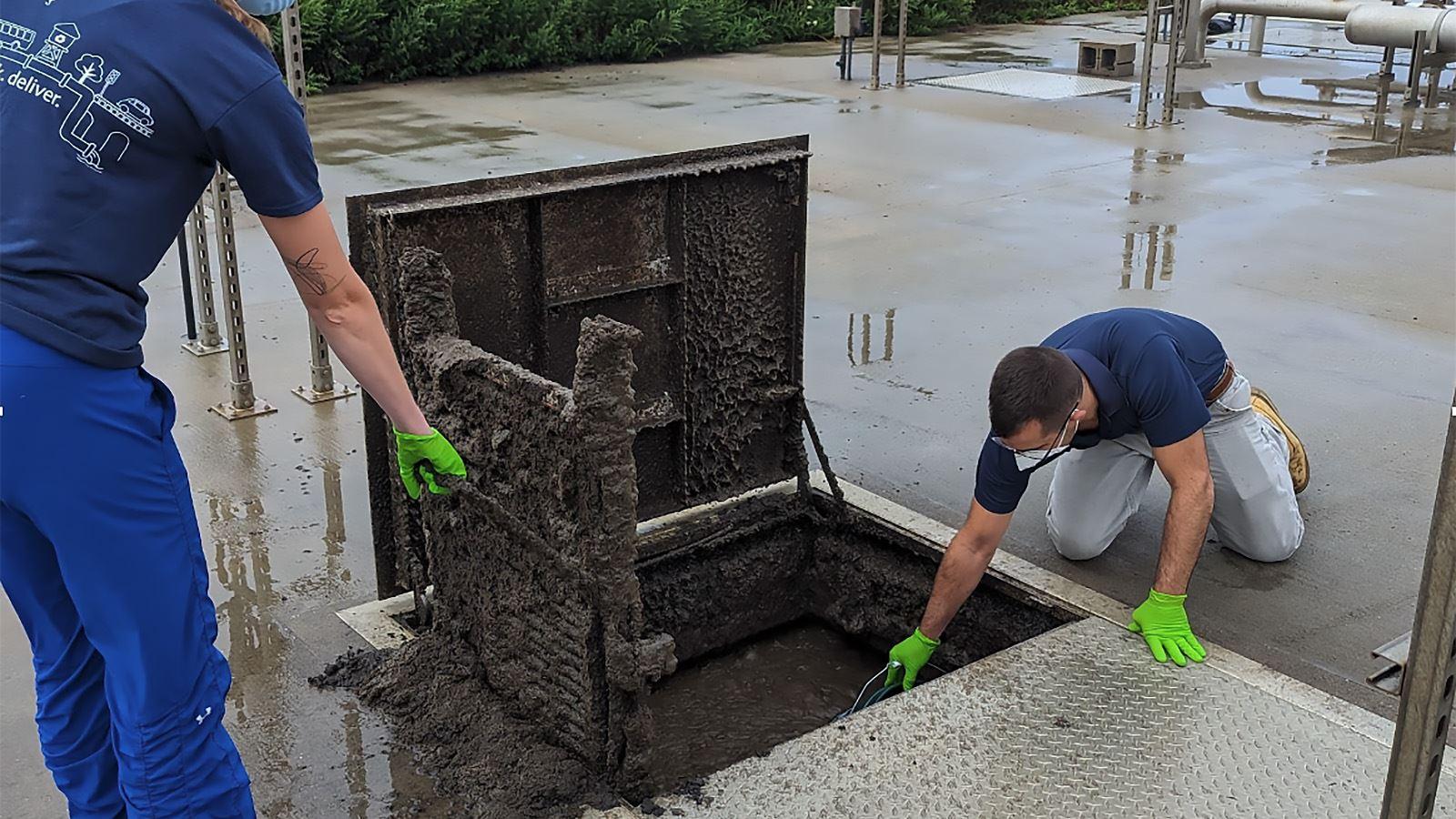Preparing for a Biosolids Management Crisis
With land application bans already enacted in places like Maine and Connecticut, and new PFAS thresholds proposed in many other states, the options for biosolids disposal are rapidly narrowing.
Utilities are being forced to shift biosolids to incineration or landfilling, both of which are under their own regulatory and capacity pressures. This tightening of disposal routes has already led to significant increases in biosolids management costs, with some regions reporting spikes of over 70% in just a few years.
In a recent webinar on “PFAS in Wastewater and Biosolids: How Water Utilities Can Start Breaking the Cycle,” water expert Eric Spargimino detailed how Water Reclamation Facilities (WRFs) can respond to new regulations and scrutiny. According to Spargimino, a three-tiered approach to PFAS mitigation is beginning to emerge.
The difference between PFAS concentration and total load is critical. A facility may have relatively low concentrations of PFAS in its influent, but if the flow volume is large, the overall mass loading can still be significant.
“The evolving landscape makes one thing clear,” says Eric Spargimino, utilities need flexible, resilient biosolids management strategies that can respond to regulatory shifts and market disruption.
To explore these insights in greater detail and learn how to prepare your utility, watch the full webinar on PFAS and biosolids management—now available on-demand.

Water reclamation facilities are inherently the protectors of the environment.









